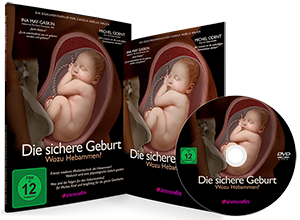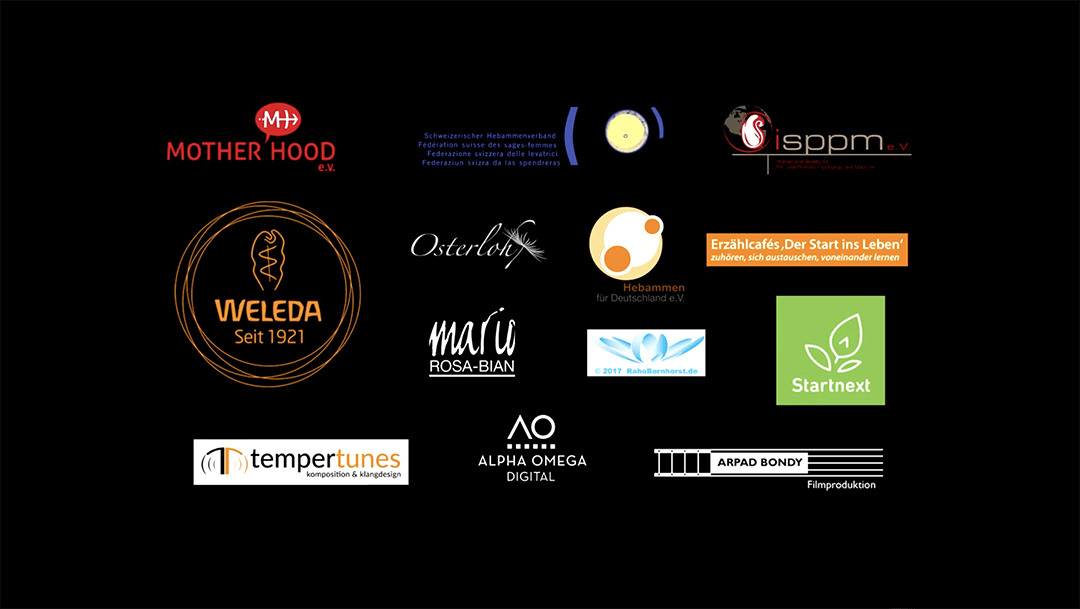Carola Hauck
The
Safe
Birth
Story

The film explores the question of what makes a physiological birth safe and what disrupts it. What are the consequences of interventions on the birth process, for mother and child, and also for future society?

Is there such a thing as a safe birth? What do we need midwives for?
The title of the film is intended to appeal to those who plan to go to a hospital for a childbirth. This is 98% of all births in Germany. There is often a lot of intervention in hospitals. The woman thinks she’s safe in the hospital. The interventions often take place out of a “forensic uncertainty”, to quote Prof. Dr. Rainhild Schäfers. If something happens, at least you want to be able to prove the data continuously. Interventions also take place, however, because the number of staff in hospitals is becoming increasingly thin and a 1:1 care of a pregnant woman during childbirth is not possible at all. Thus, contractions are given accelerating and contractions inhibiting, just as the staff presence needs or allows it. The birth of a child and the needs of the woman during childbirth have to be based on the work schedule of the staff in most hospitals.
But there are not only medical interventions.
The film wants to show how sensitive the body of the woman giving birth reacts to anything unusual.
Prof. Abu-Dakn says: “It is already known that childbirth is less painful for a woman, she needs fewer medications and consequently fewer interventions are required if she is accompanied by a midwife during childbirth. In the best case scenario, she is cared for 1:1 by a midwife for the entire duration of the birth. Such care is currently only possible in home births. Therefore, we also look at what goes differently in a home birth and how women experienced such a birth in contrast to a hospital birth.”
There are certainly a lot to learn from home births that could be implemented in the clinic.
We know that the less a woman giving birth can be cared for individually by a midwife (or doula), the higher the intervention rate.
Midwives from day-to-day clinics, birth homes and home births, obstetricians and researchers from the relevant fields speak out and explain:
The aim of this film was to produce a standard work that depicts the current state of science. Only when the ordinary population knows about the physiological processes of childbirth and its disorders will it be possible to put pressure on conventional medicine to ensure that scientific findings (and some are already 50 years old and still correct) are incorporated into the training of doctors. Clinical obstetricians never have the chance to experience a completely intervention-free birth.
My wish is for many medical students to watch the film as well.
Therefore, I am particularly pleased that we were able to interview so many competent doctors and scientists in addition to midwives. We interviewed pretty much all key speakers from the industry. In addition, people from adjacent fields of psychology speak, and women who talk about their births complement the holistic picture.
The professional and emotional interviews are complemented in the film by 3D animation, which will depict the physiological processes, and animated animation.
Let there be no doubt: we would like to stress here that emergency medicine, caesarean section and intensive care in obstetrics are a blessing for all mothers and children who need them.
We hope that the film will give an impetus to refresh and, if necessary, modify the training of obstetricians and midwives based on the latest scientific findings.
At best, the film should become a standard work reflecting the state of the art. It is intended to be an easily accessible and well-founded source of information for parents-to-be, midwives and doctors.
We hope that politicians will be well informed so that they can make the right decisions.
Best regards,
Your Carola Hauck and Hans-Peter Eckardt

I made this film to provide you with a lot of valuable information about childbirth that you usually only get through your studies. In this way you can prepare very well for the birth of your child and know what your body needs to make it an easy birth at best.
Kind regards, Carola Noëlle Hauck
